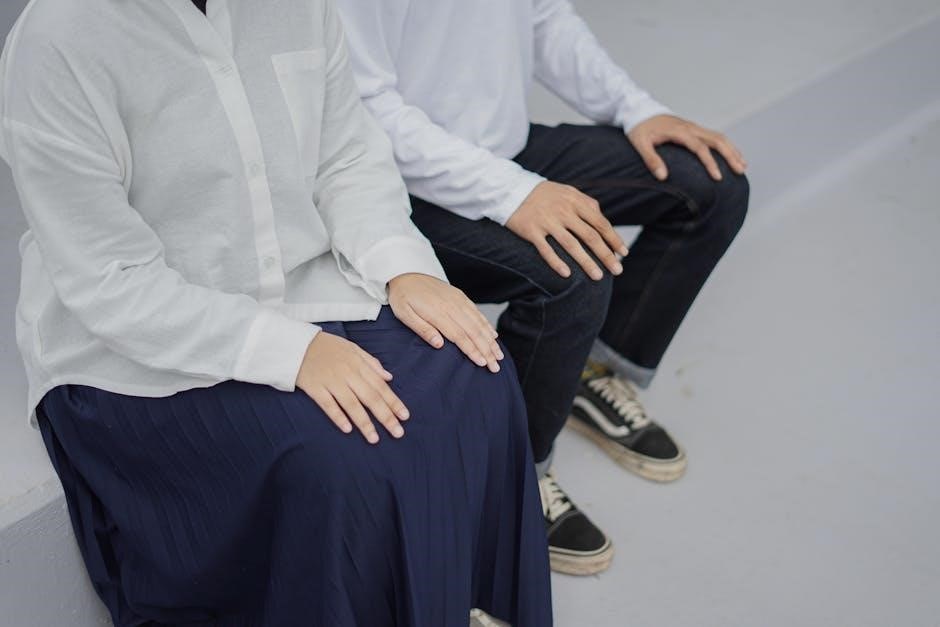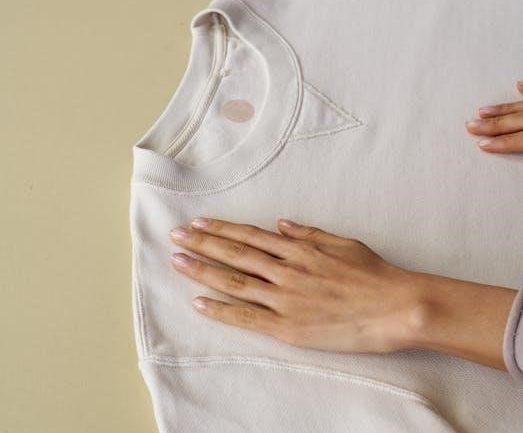Welcome to the world of shirt placement, a crucial aspect of T-shirt customization that ensures designs are accurately positioned for a professional finish. Proper placement enhances both aesthetic appeal and functionality, making it essential for businesses and crafters alike. Whether it’s centering logos or aligning graphics, understanding the basics of shirt placement is key to achieving flawless results. This guide will explore the fundamentals, helping you master the techniques and tools needed to elevate your designs. Let’s dive into the essentials of shirt placement and how it transforms your creations.
1.1 Importance of Shirt Placement
Shirt placement is a cornerstone of T-shirt customization, playing a pivotal role in ensuring designs are not only visually appealing but also professionally aligned. The accuracy and precision of placement directly impact the overall quality and perceived value of the final product. Whether you’re working on a small-scale craft project or managing a large-scale production line, understanding the importance of shirt placement cannot be overstated. It ensures that designs are centered, symmetrical, and proportionate to the garment, which is essential for achieving a polished and professional look.
One of the primary reasons shirt placement is so critical is its direct influence on customer satisfaction. A well-placed design enhances the wearability and aesthetic appeal of the shirt, making it more likely to meet customer expectations. Conversely, misaligned or poorly positioned designs can lead to dissatisfaction, reprints, and even financial losses. This is particularly true for businesses, where consistent and high-quality output is essential for building a strong reputation.

In addition to customer satisfaction, shirt placement is vital for maintaining brand integrity. For companies and designers, a logo or graphic placed incorrectly can dilute the brand’s image and professionalism. Proper placement ensures that the design aligns with the intended message, creating a cohesive and impactful visual statement. This is especially important for promotional products, where the placement of logos and slogans must adhere to specific guidelines to maximize brand visibility and recognition.
Another key aspect of shirt placement is its role in streamlining the production process. By using tools like alignment guides and size charts, creators can achieve consistency across multiple shirts, reducing the likelihood of errors and saving time. This efficiency is particularly beneficial for large-scale operations, where minimizing waste and maximizing productivity are top priorities. Additionally, proper placement ensures that designs are applied evenly, reducing the risk of distortion or misregistration during printing or heat transfer processes.
Finally, shirt placement is essential for enhancing the durability of the design. When a design is placed correctly, it is less likely to peel, crack, or fade prematurely, ensuring that the shirt remains looking its best for a longer period. This not only improves customer satisfaction but also reduces the need for costly reprints or repairs.
1.2 Factors Affecting Placement Accuracy
Ensuring precise shirt placement requires careful consideration of several factors that can influence the accuracy of design alignment. These factors range from the tools and techniques used to the characteristics of the shirt itself. Understanding and addressing these elements is crucial for achieving professional-grade results in T-shirt customization.
One of the most significant factors affecting placement accuracy is the type of garment being used. Different shirts have varying measurements, necklines, and fabric types, which can impact where and how a design is placed. For example, a crew neck t-shirt has a straightforward layout, while a button-down shirt or a V-neck may require adjustments to ensure the design is centered and visually appealing. Using a sizing chart or ruler specifically designed for the garment type can help mitigate these challenges.
The size and shape of the design itself are another critical factor. A design that is too large or too small for the shirt may be difficult to center, leading to misalignment. Additionally, intricate or asymmetrical designs may require extra care to ensure proper placement. Tools like alignment guides or rulers can help creators measure and mark the correct positioning before applying the design.
The fabric of the shirt also plays a role in placement accuracy. Thicker fabrics, such as those used in sweatshirts, may require adjustments to ensure the design adheres properly and is evenly spaced. On the other hand, thin or stretchy fabrics may shift during the printing or heat transfer process, affecting the final alignment. Pre-treating the fabric or using stabilizing materials can help maintain consistency and precision.
Human error is another common factor that can impact placement accuracy. Even with the best tools and techniques, mistakes can happen if proper care is not taken. Ensuring that the shirt is laid flat and smooth before applying the design is essential. Creases, wrinkles, or uneven surfaces can distort the placement and lead to misalignment. Double-checking measurements and markings before finalizing the design can significantly reduce the risk of errors.
Finally, the tools and equipment used for placement play a vital role in achieving accuracy. A high-quality ruler or alignment guide can provide precise measurements, while a heat press with adjustable settings ensures that designs are applied evenly. Investing in the right tools and regularly calibrating equipment can help maintain consistency and accuracy across multiple projects.

Choosing the Right Tools for Shirt Placement
Selecting the appropriate tools for shirt placement is essential to ensure precision and consistency in your designs. Whether you’re working on a small-scale project or running a full-scale T-shirt customization business, having the right equipment can make a significant difference in the quality of your work. This section will guide you through the key tools you need to achieve accurate and professional results.

A high-quality ruler or alignment guide is one of the most fundamental tools for shirt placement. These tools are specifically designed to help you measure and center designs accurately. Look for rulers that are sturdy, easy to read, and suitable for the size of your designs; Some rulers come with adjustable markings or magnetic edges, which can be particularly useful for ensuring designs are perfectly centered on various shirt sizes.
Heat transfer tools, such as heat presses, are another essential component of the shirt placement process. A heat press allows you to apply designs evenly and securely to the fabric. When choosing a heat press, consider its size, temperature range, and pressure settings. A press with adjustable settings will give you more flexibility, especially when working with different types of fabrics and designs. For smaller projects, a compact heat press or iron-on tool may suffice, while larger operations may require industrial-grade equipment.
Measurement guides and templates are invaluable for achieving consistent results. These tools provide pre-measured markings for common placement areas, such as the chest, sleeve, or back. Many guides are designed to accommodate different shirt sizes, making it easier to scale your designs. Some guides also include instructions or charts to help you determine the optimal size and position for your designs based on the shirt’s dimensions.
In addition to physical tools, software can play a crucial role in the shirt placement process. Design software allows you to visualize and adjust the placement of your designs digitally before printing or applying them. Look for programs that offer rulers, grids, and alignment features to help you achieve precise placement. Some software even includes templates for common shirt styles, making it easier to plan your designs.
Finally, don’t overlook the importance of basic tools like measuring tapes and fabric-smoothing tools. Ensuring the shirt is laying flat and smooth before applying a design is critical for accurate placement. Wrinkles or uneven surfaces can distort the design, so invest in tools that help you prepare the fabric properly.





